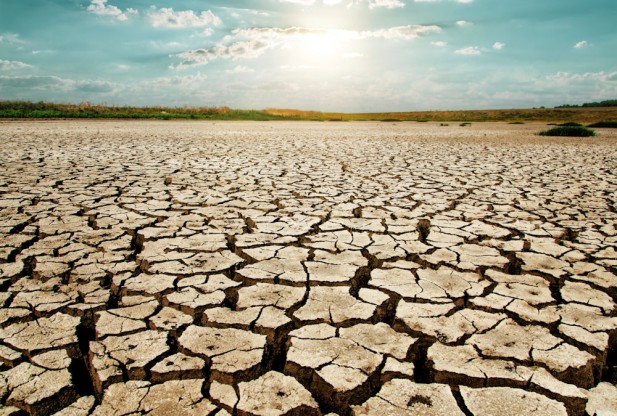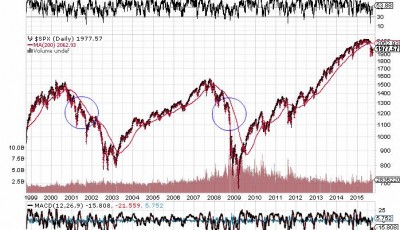NASA Explores Turning Human Waste Into Food
NASA granted $200,000 a year to a project that recycles human poop into create food for astronauts. Living on Mars, or making long space explorations, may have its price to pay by space adventurers having to make their own food out of their excrement. Mark Blenner, a scientist from Clemson University in South Carolina, leads the entire project.
This grant was one of eight awarded throughout the U.S., which focus on innovative early stage technologies that will address high priority needs of the space program, according to NASA. The researchers will attempt to genetically engineer yeast to create things that will serve as a new food source for the astronauts on long-term space missions.
“A particular stain of yeast can be genetically manipulated to create polymers or plastics used for 3D printing, as well as Omega 3s, which lower heart disease risk and protect skin and hair”.
Blenner said the difficulty in sustaining space travel for long time periods is the lack of access to a store to buy needed items and a “premium of space”. A genetically modified strain of yeast will use nitrogen from urine and exhaled Carbon dioxide to these materials.
Nitrogen is needed to grow the yeast and is abundant in human urine. Algae exposed to carbon produces lipids, which can be used to feed the yeast. The agency is also funding research for other projects that would aid long-term space missions, including more efficient solar panels, better thermal protection for ships entering atmospheres.
As the space agency eyes deep-space missions like a trip to an asteroid or Mars, space farming becomes less of a novelty and more of a necessity.
A week ago, NASA announced that the crew members of the global Space Station were able harvest and take a bite of edible space lettuce grown in the ISS’s Veggie plant growth system. The experimentation will also help provide future astronauts a sustainable food supplement.
Finding an alternative food source is particularly important since NASA is planning to send humans on Mars by 2035.












